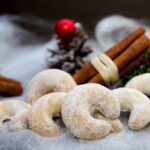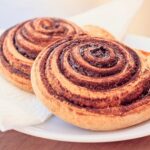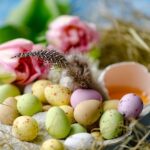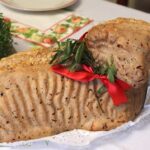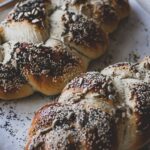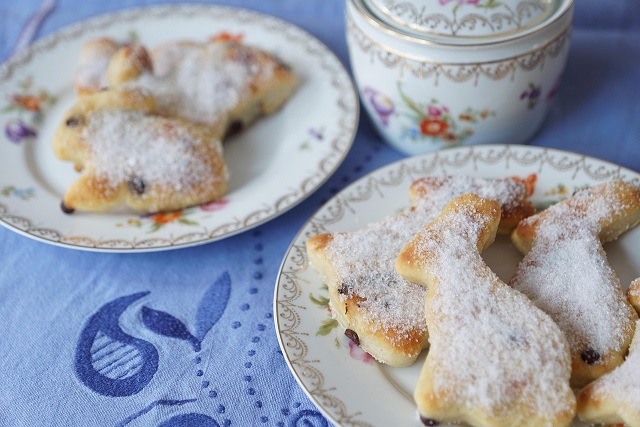
Quarkhasen, or quark bunnies, are a beloved Easter pastry in Germany. Made with a simple quark-based dough, these soft, slightly sweet pastries are shaped like rabbits and enjoyed by children and adults alike. Unlike traditional yeast-based Easter breads, Quarkhasen are quick to make and have a light, cake-like texture.
Popular in southern Germany and Austria, these pastries are often dusted with powdered sugar or brushed with butter for a golden crust. They are a festive addition to Easter breakfast tables and pair wonderfully with coffee or tea.
In this guide, we’ll explore the history of Quarkhasen, their role in German Easter traditions, and how to bake them at home.
History & Cultural Significance
The Origins of Quarkhasen
Quarkhasen are part of Germany’s rich Easter baking traditions, especially in Bavaria and Swabia, where quark is widely used in pastries. Unlike yeast-based doughs, quark doughs are quick-rising and result in a soft, tender crumb.
Baking bunny-shaped pastries is a way to celebrate Ostern (Easter), symbolizing fertility, renewal, and the arrival of spring. These pastries are traditionally served on Easter morning, often dusted with powdered sugar or cinnamon.
Want to explore more German Easter recipes? Check out Osterzopf and Osternest-Kekse.
Ingredients & Preparation
Ingredients
- 250g (1 cup) quark
- 75g (⅓ cup) sugar
- 50ml (¼ cup) milk
- 1 egg
- 60g (¼ cup) melted butter
- 1 tsp vanilla extract
- 300g (2 ½ cups) all-purpose flour
- 1 ½ tsp baking powder
- ½ tsp salt
For Brushing & Topping:
- 1 egg yolk (for glazing)
- 2 tbsp milk
- Powdered sugar (for dusting)
How to Make Quarkhasen
Step 1: Prepare the Dough
- In a bowl, whisk together quark, sugar, milk, egg, melted butter, and vanilla.
- In a separate bowl, mix flour, baking powder, and salt.
- Gradually add dry ingredients to the wet mixture, kneading until a smooth dough forms.
Step 2: Shape the Bunnies
- Roll out the dough to about 1 cm (½ inch) thick.
- Use a bunny-shaped cookie cutter to cut out shapes.
- Place on a lined baking sheet.
Step 3: Bake
- Preheat the oven to 180°C (350°F).
- Brush the bunnies with egg yolk mixed with milk for a golden finish.
- Bake for 15-18 minutes until golden brown.
Step 4: Finishing Touches
- Let cool and dust with powdered sugar before serving.
Serving Suggestions & Variations
How to Serve
Quarkhasen are best enjoyed fresh, paired with:
- A cup of coffee or herbal tea
- Homemade fruit jam or honey
- A spread of traditional Easter sweets
Variations
In Austria, Quarkhasen are sometimes topped with cinnamon sugar. In southern Germany, raisins or chocolate chips may be added to the dough.
Want to try another Easter treat? Check out Rüblikuchen.
Quarkhasen are a quick and delicious Easter pastry, perfect for adding a festive touch to your holiday table. Their light texture and mild sweetness make them an ideal treat for breakfast or afternoon tea.
Looking for more traditional German Easter recipes? Try Osterzopf, Hefezopf, or Osterlamm.

